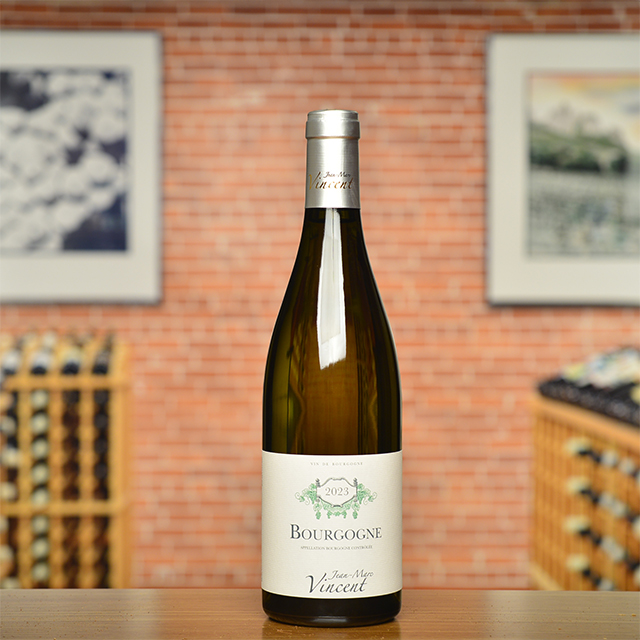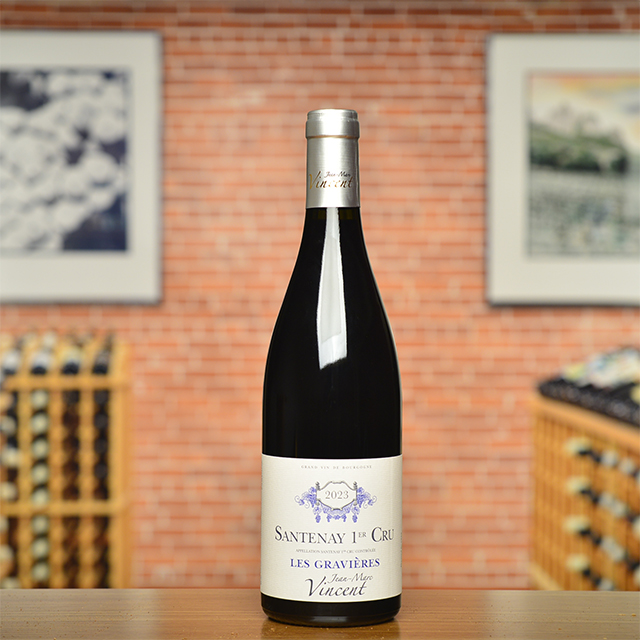Notify me
2020 Chablis 1er Cru “Vaillons”
Henri Costal
A long list of growers bottle wines from the slopes of Vaillons, including illustrious vintners such as Raveneau and Dauvissat. But one of the best examples among them is Costal’s version, which is certified organic and hails from several south-exposed plots on the upper and lower slopes of the cru, adding dimension to Chablis’ natural tension. This wine is floral with the touch of brine that is so typical and desirable of Chablis, but it is the lovely mouthful of stone fruit and hint of lemongrass that make this premier cru so intriguing and fun to drink.
—Jane Augustine
| Wine Type: | white |
| Vintage: | 2020 |
| Bottle Size: | 750mL |
| Blend: | Chardonnay |
| Appellation: | Chablis |
| Country: | France |
| Region: | Burgundy |
| Producer: | Domaine Costal |
| Winemaker: | Gilles & Romain Collet |
| Vineyard: | 30 years, 9.6 ha |
| Soil: | Kimmeridgian Limestone |
| Aging: | After racking, wine goes through malolactic fermentation in 1/3 stainless tank, 1/3 neutral barrel (228 L), and 1/3 used demi-muid barrel (600 L) |
| Farming: | Organic (practicing) |
| Alcohol: | 12.5% |
More from this Producer or Region

2023 Chablis “Les Truffières”
France | Burgundy
Devouring a fresh crab and pairing it with this pure, elegant, chalky, earthy (wet stone), and stunning finish is the perfect combo.

2023 Chablis 1er Cru “Mont de Milieu”
France | Burgundy
Top-notch, organically farmed premier cru Chablis.

2013 Nuits-Saint-Georges 1er Cru “Les Chaignots”
France | Burgundy
**Extremely limited quantities, maximum two bottles per purchase.**

2023 Chablis 1er Cru “Butteaux”
France | Burgundy
There is no mistaking it—one taste and you are in Chablis territory: zesty minerality, wet stone, freshness and nervosity.

2019 Pouilly-Fuissé ”Climat Vieilles Vignes“
France | Burgundy
Limited to vintages where the weather hinders production of individual bottlings, Climat renders all the chart-topping qualities of the Robert family’s Pouilly Fuissé holdings.
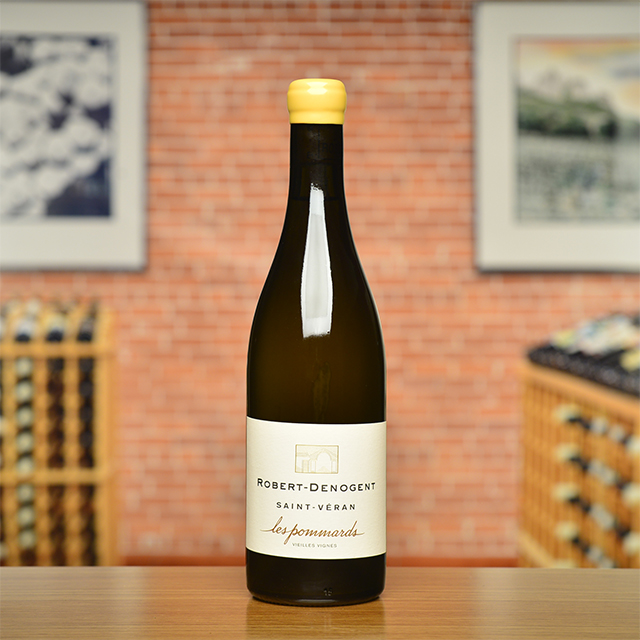
2022 Saint-Véran “Les Pommards Vieilles Vignes”
France | Burgundy
More-than-fifty-year-old vines running through limestone and clay produce a wine that offers a creamy and luscious mouthfeel intertwined with a dry, stony minerality.

2022 Meursault 1er Cru “Genevrières”
France | Burgundy
Elegant aromas and a refined texture characterize this bottling from one of the village’s great vineyards.
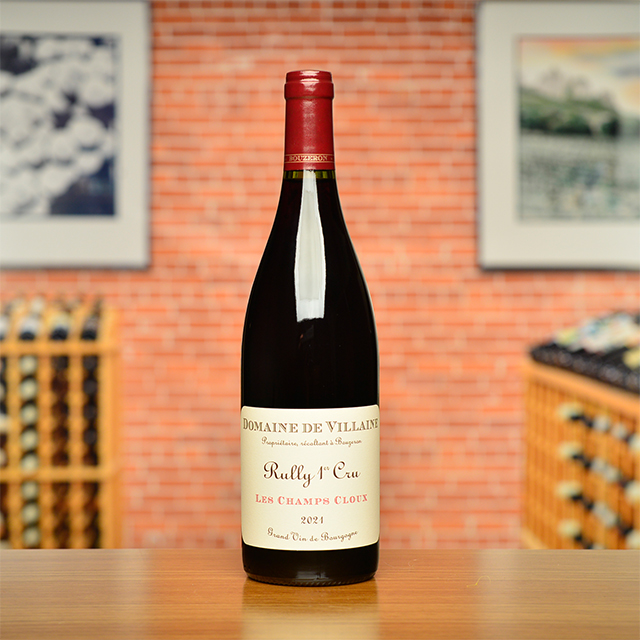
2021 Rully Rouge 1er Cru “Les Champs Cloux”
France | Burgundy
Les Champs Cloux is fresh, with good acidity, but also among the domaine’s more robust reds.

2022 Bourgogne Passetoutgrain
France | Burgundy
If you look closely in cellars throughout Burgundy, you’ll notice many of the greatest domaines continue to uphold this tradition.
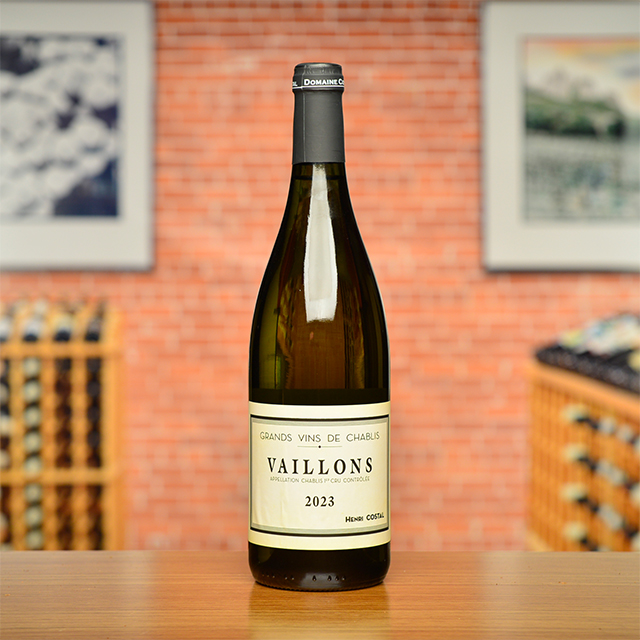
2023 Chablis 1er Cru “Vaillons”
France | Burgundy
A stunning value from one of Chablis’ oldest premier cru vineyards, with a lovely mouthful of stone fruit and hint of lemongrass.
About The Producer
Domaine Costal
About The Region
Burgundy

In eastern central France, Burgundy is nestled between the wine regions of Champagne to the north, the Jura to the east, the Loire to the west, and the Rhône to the south. This is the terroir par excellence for producing world-class Pinot Noir and Chardonnay.
The southeast-facing hillside between Dijon in the north and Maranges in the south is known as the Côte d’Or or “golden slope.” The Côte d’Or comprises two main sections, both composed of limestone and clay soils: the Côte de Nuits in the northern sector, and the Côte de Beaune in the south. Both areas produce magnificent whites and reds, although the Côte de Beaune produces more white wine and the Côte de Nuits more red.
Chablis is Burgundy’s northern outpost, known for its flinty and age-worthy Chardonnays planted in Kimmeridgian limestone on an ancient seabed. Vézelay is a smaller area south of Chablis with similar qualities, although the limestone there is not Kimmeridgian.
To the south of the Côte de Beaune, the Côte Chalonnaise extends from Chagny on its northern end, down past Chalon-sur-Saône and encompasses the appellations of Bouzeron in the north, followed by Rully, Mercurey, Givry, and Montagny.
Directly south of the Chalonnaise begins the Côte Mâconnais, which extends south past Mâcon to the hamlets of Fuissé, Vinzelles, Chaintré, and Saint-Véran. The Mâconnais is prime Chardonnay country and contains an incredible diversity of soils.
More from Burgundy or France
2022 Bourgogne Passetoutgrain
Domaine Robert Chevillon France | Burgundy
2013 Nuits-Saint-Georges 1er Cru “Les Chaignots”
Domaine Robert Chevillon France | Burgundy
2023 Petit Chablis “Les Grenouillères”
Roland Lavantureux France | Burgundy
2022 Pouilly-Fuissé “Les Reisses Vieilles Vignes”
Domaine Robert-Denogent France | Burgundy
2022 Meursault 1er Cru “Genevrières”
Antoine Jobard France | Burgundy
2023 Savigny-Lès-Beaune 1er Cru “Aux Serpentières”
Domaine Pierre Guillemot France | Burgundy
2023 Aloxe-Corton 1er Cru “Clos du Chapitre”
Domaine Follin-Arbelet France | Burgundy
2022 Pommard 1er Cru “Les Fremiers”
Domaine Lucien Boillot et Fils France | Burgundy
2022 Mercurey Rouge “Les Montots”
Domaine de Villaine France | Burgundy
2023 Givry Rouge 1er Cru “Clos du Cras Long”
Domaine François Lumpp France | Burgundy
2022 Givry Blanc “Teppe de Chenèves”
Domaine François Lumpp France | Burgundy
2023 Chablis “Les Truffières”
Henri Costal France | Burgundy
2022 Bourgogne Passetoutgrain
Domaine Robert Chevillon France | Burgundy
2013 Nuits-Saint-Georges 1er Cru “Les Chaignots”
Domaine Robert Chevillon France | Burgundy
2023 Petit Chablis “Les Grenouillères”
Roland Lavantureux France | Burgundy
2022 Pouilly-Fuissé “Les Reisses Vieilles Vignes”
Domaine Robert-Denogent France | Burgundy
2022 Meursault 1er Cru “Genevrières”
Antoine Jobard France | Burgundy
2023 Savigny-Lès-Beaune 1er Cru “Aux Serpentières”
Domaine Pierre Guillemot France | Burgundy
2023 Aloxe-Corton 1er Cru “Clos du Chapitre”
Domaine Follin-Arbelet France | Burgundy
2022 Pommard 1er Cru “Les Fremiers”
Domaine Lucien Boillot et Fils France | Burgundy
2022 Mercurey Rouge “Les Montots”
Domaine de Villaine France | Burgundy
2023 Givry Rouge 1er Cru “Clos du Cras Long”
Domaine François Lumpp France | Burgundy
2022 Givry Blanc “Teppe de Chenèves”
Domaine François Lumpp France | Burgundy
2023 Chablis “Les Truffières”
Henri Costal France | Burgundy
Kermit once said...

Kermit once said...
I want you to realize once and for all: Even the winemaker does not know what aging is going to do to a new vintage; Robert Parker does not know; I do not know. We all make educated (hopefully) guesses about what the future will bring, but guesses they are. And one of the pleasures of a wine cellar is the opportunity it provides for you to witness the evolution of your various selections. Living wines have ups and downs just as people do, periods of glory and dog days, too. If wine did not remind me of real life, I would not care about it so much.
Inspiring Thirst, page 171




